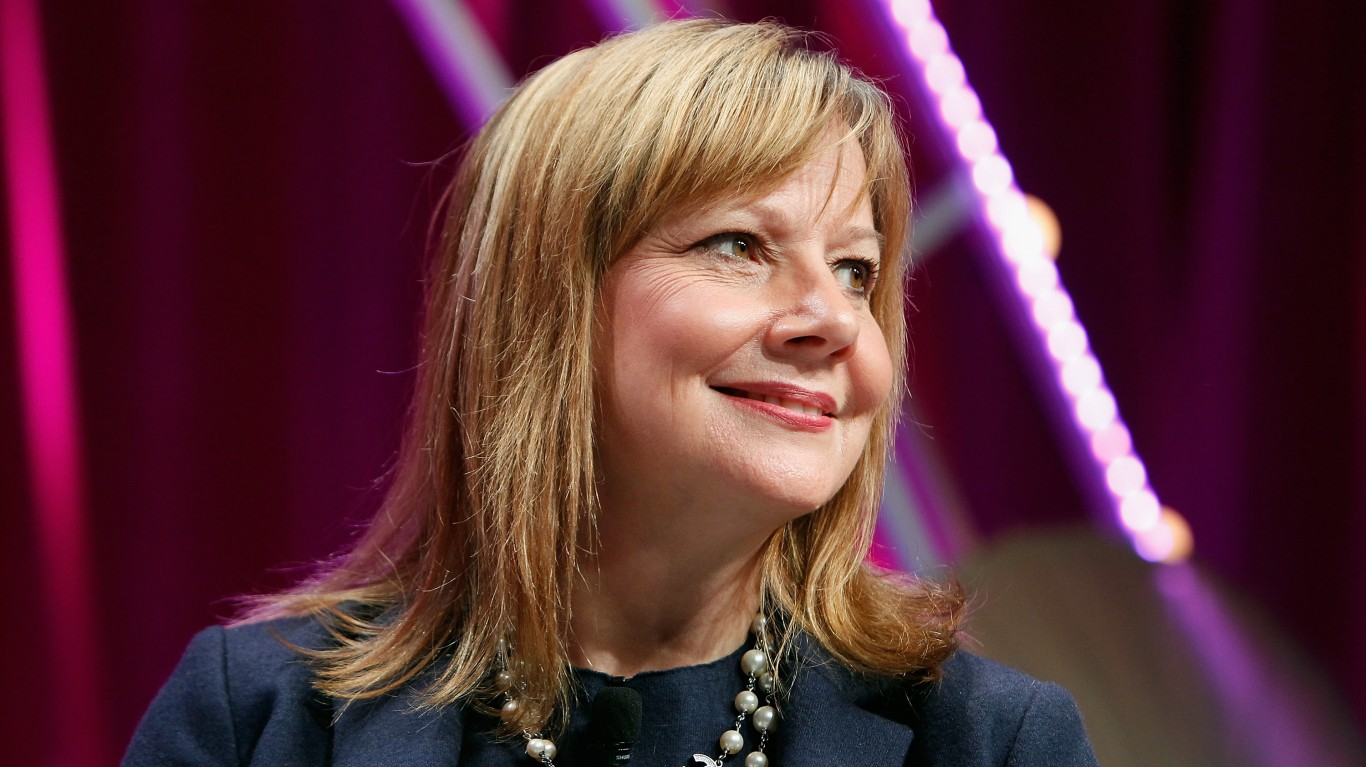

To reach the top 1% of households in 2016 required an income of $845,000 or more. On her own, a woman represents just one of 22 of those top-earning households.
Even among women who marry into the 1% contribute to the household’s top-earner status in just 15% of those households. On their own, women make up just 4.5% of the top 1%.
The data were reported in a new study published this month in the American Sociological Review. Researchers Jill Yavorsky of the University of North Carolina-Charlotte, Lisa Keister of Duke University, Yue Qian of the University of British Columbia and Michael Nau of Ohio State University analyzed gender income patterns in the 1% based on data collected between 1995 and 2016 on the Federal Reserve System’s Survey of Consumer Finances.
The researchers note:
Although self-employment and higher education increase the likelihood that women will personally earn sufficient income for one percent status, marrying a man with good income prospects is a woman’s main route to the one percent.
More women than men have college degrees, half of professional-school (law, business, etc.) graduates are women and one-third of businesses are owned by women, yet their chances of making it into the top 1% actually get smaller as they advance because the gender pay gap closes more slowly at the top than it does in the middle or at the bottom.
Interestingly, the 4.5% of women who make the top 1% on their own are roughly equivalent to the 4% of women who make it to the C-suite. Perhaps that explains why women who ascend to the 1% on their own rely more on entrepreneurship than do top-earning men.
When a male is the primary earner in a household, 70% of women in those households do not join the workforce, while in the reverse case, men stay home in just 22% of cases where the woman is the primary breadwinner.
And it takes longer for women to make it into the top ranks of income earners. The average age of a female one-percenter is 63 while the average age for men is 53.
In an interview with The Washington Post, Yarovsky pointed out the impact of gender on rising income inequality in the United States:
The majority of U.S. income gains over the past 30 to 40 years have gone to [the] top 1 percent of households. If women’s income is inconsequential in the vast majority of households, rising inequality is largely due to a small proportion of men’s incomes. When we talk about ‘the elites’ or ‘the 1 percent’, we’re likely talking about men, not women, exercising this power in the political sphere and the economic sphere.
Sponsored: Want to Retire Early? Here’s a Great First Step
Want retirement to come a few years earlier than you’d planned? Or are you ready to retire now, but want an extra set of eyes on your finances?
Now you can speak with up to 3 financial experts in your area for FREE. By simply clicking here you can begin to match with financial professionals who can help you build your plan to retire early. And the best part? The first conversation with them is free.
Click here to match with up to 3 financial pros who would be excited to help you make financial decisions.
Thank you for reading! Have some feedback for us?
Contact the 24/7 Wall St. editorial team.
 24/7 Wall St.
24/7 Wall St.


